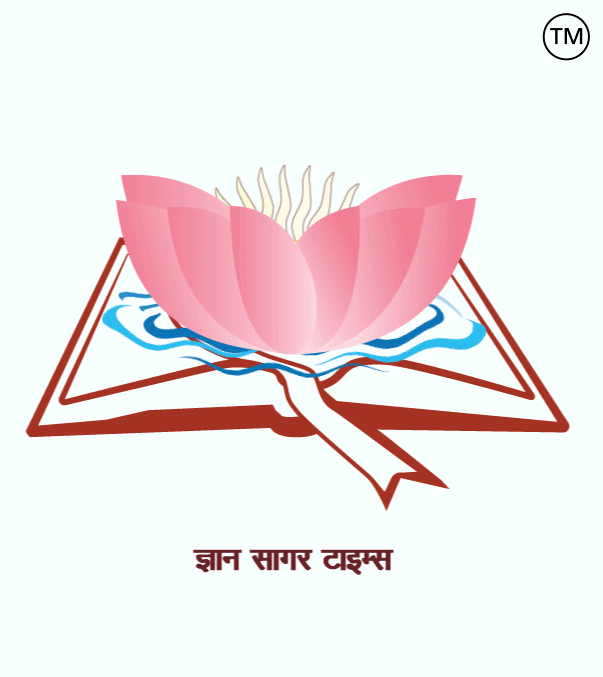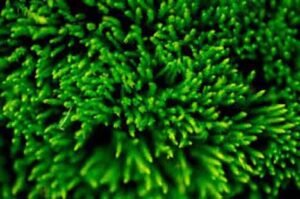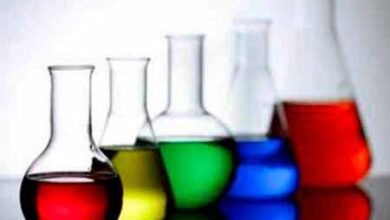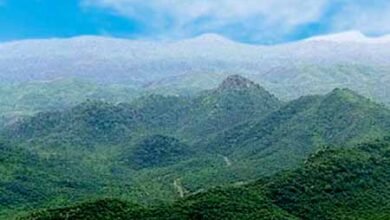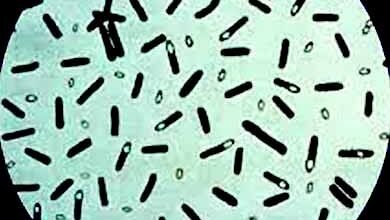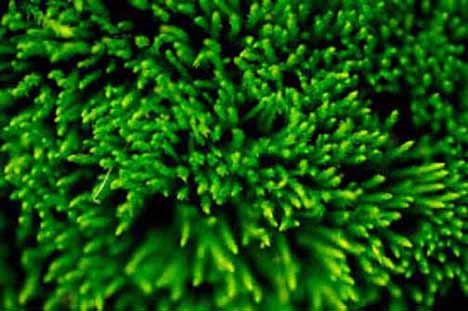
Related to botany -192.
|
1. Who gave the theory of mutation? = Hugo de Vries. 2. Who propounded the binomial method? = Carl Linnaeus. 3. What is important in seed germination? = Air, humidity and optimum temperature. 4. Light energy is converted into which energy in the process of photosynthesis? = Chemical energy. 5. What is required in the process of photosynthesis? = Sunlight, chloroplasts, water and carbon dioxide. 6. When does photosynthesis occur? = Daylight as well as night. 7. Which gas is released by green plants in photosynthesis? = Oxygen. 8. What is the source of oxygen produced during photosynthesis? = Water. 9. Which part of the plant performs respiration? = Leaves as well as other parts of the plant. 10. How is an onion cultivated? = Transplanting the plantlings. 11. World’s oldest living organism? = Great Basin bristlecone Pine named Methuselah in California. 12. World’s largest flower? = Rafflesia. 13. Which fungus produces an enzyme called diastase? = Aspergillus. 14. What is Agroforestry? = Along with agriculture, planting timber perennial trees on the same land. 15. The branch of botany that gives information about heredity and variation is called? = Genetics. 16. From which penicillin is obtained at the industrial level? = Penicillium chrysogenum. 17. Inulin crystals are found? = At the root of the dahlia. 18. Where is the stilt root found? = Sugarcane. 19. Which family does the cereal plant belong to? = Poaceae (older name Graminae). 20. Which family belong to the seed crop related to? = Brassicaceae (Cruciferae). 21. Which tree requires the highest amount of water for its growth? = Eucalyptus. 22. Roots are Positive geotropic? = Mostly. 23. The number of stomata is minimized, and they are sunken? = In xerophytes. 24. There an exception to Mandel’s rules? = Linkage. 25. Outermost covering of plant cells? = Cell wall. 26. Is the basic unit of classification? = Species. 27. Does the litmus obtained from? = Lichen. 28. Cinnamon is obtained from which part of the tree? = Bark. 29. From which water is transported in plants? = Xylem. 30. Does the soil contain water available for the roots of plants? = Capillary water. 31. Does transpiration occur? = Aerial parts of the plant. 32. Where transpiration does take place in plants? = Whole plant except roots. 33. In which rhizoids are found at the place of roots? = Bryophytes. 34. The maximum numbers of chromosomes are found in? = Pteridophytes. 35. What part do roots grow from? = Radicle. 36. Respiratory roots are found in which plant? = Jussiaea. 37. Pillar-like roots, called Prop roots, are? = Adventitious Roots. 38. Which one is a ‘living fossil’? = Cycas. 39. Modified stem is? = Potato tuber. 40. What type of vegetation is found in the Malabar region? = Rain forest. 41. What plants grow in the desert? = Xerophytes. 42. The flora occurring in a saline area is called? = Halophyte. 43. What is Alfalfa? = Grass. 44. What are monocot fruits? = Banana and Coconut. 45. The plant that grows in water? = Hydrophyte.
Dr. (Pro.) Amrendra Kumar. ========== ========= =========== वनस्पति विज्ञान से संबंधित-192.
1. उत्परिवर्तन का सिद्धांत किसने दिया था? = ह्यूगो डी व्रीज. 2. द्विनाम पद्धति के प्रतिपादक हैं? = कार्ल लीनियस. 3. बीज के अंकुरण में क्या महत्वपूर्ण होता है? = हवा नमी एवं उपयुक्त ताप. 4. प्रकाश संश्लेषण की क्रिया में प्रकाश ऊर्जा , किस उर्जा में परिवर्तित होती है? = रासायनिक ऊर्जा. 5. प्रकाश संश्लेषण की क्रिया में क्या क्या आवश्यक है? = सूर्य का प्रकाश, क्लोरोप्लास्ट, कार्बन डाइऑक्साइड एवं जल. 6. प्रकाश संश्लेषण की क्रिया कब होती है? = दिन एवं रात दोनों समय. 7. प्रकाश संश्लेषण में हरे पौधों द्धारा कौन-सी गैस छोड़े जाती है? = ऑक्सीजन. 8. प्रकाश संश्लेषण के दौरान पैदा होने वाली ऑक्सीजन का स्रोत क्या है? = जल. 9. पौधे का कौन-सा भाग श्वसन क्रिया करता है? = पत्ती एवं पौधे के सभी भाग. 10. प्याज की खेती कैसे की जाती है? = पौधा प्रतिरापण करके. 11. विश्व का सबसे अधिक उम्र वाला जीव है? = कैलिफोर्निया में मेथुसेलाह नामक ग्रेट बेसिन ब्रिसलकोन पाइन. 12. विश्व का सबसे बड़ा फूल है? = रेफ्लेसिया. 13. किस कवक से डायस्टेज नामक एन्जाइम प्राप्त होता है? = एस्परजिलस. 14. एग्रोफ़ोरेस्ट्री (Agroforestry) है? = कृषि के साथ-साथ उसी भूमि पर काष्ठीय बहुवर्षी वृक्ष लगाना. 15. आनुवंशिकता एवं विभिन्नता के बारे में जानकारी देने वाली वनस्पति विज्ञान की शाखा को कहते हैं? = आनुवंशिकी. 16. औद्योगिक स्तर पर पेनीसिलिन प्राप्त किससे किया जाता है? = पेनीसिलियम क्राइसोजेनम. 17. इन्यूलिन क्रिस्टन पाये जाते है? = डहेलिया की जड़. 18. अवस्तम्भ मूल (Stilt root) पायी जाती है? = गन्ने. 19. अनाज वाले पौधे किस कुल से सम्बन्धित है? = पोएसी (पुराना नाम ग्रैमीनी). 20. तेल बीज (Oil seeds) वाली फसल किससे सम्बन्धित होती है? = ब्रासिकेसी (पुराना नाम क्रूसीफेरी). 21. किस पेड़ को अपनी वृद्धि के लिए सर्वाधिक मात्रा में जल की आवश्यकता होती है? = यूकेलिप्टस. 22. जड़ें धनात्मक भूम्यानुवर्तन (Positive Geotropism) होती हैं? = अधिकांश. 23. रन्ध्रों की संख्या न्यूनीकृत होती है तथा ये धंसे होते हैं? = मरुद्भिदों. 24. मेण्डल के नियमों का एक अपवाद है? = सहलग्नता. 25. पादप कोशिकाओं का सबसे बाहरी आवरण को? = कोशिका भित्ति. 26. वर्गीकरण की आधारीय इकाई है? = स्पेशीज (Species). 27. लिटमस प्राप्त होता है? = लाइकेन. 28. दालचीनी पेड़ के किस भाग से प्राप्त की जाती है? = छाल. 29. पौधों में जल का परिवहन किसके द्वारा होता है? = जाइलम. 30. भूमि में पौधों की जड़ों के लिए उपलब्ध जल होता है? = केशिका जल. 31. वाष्पोत्सर्जन होता है? = सभी वायवीय भागों से. 32. पौधें में वाष्पोत्सर्जन की क्रिया किसमें होती है? = पूरा पौधा जड़ को छोड़कर. 33. जड़ के स्थान पर ‘मूलाभास’ किसमें पाया जाता है? = ब्रायोफाइट्स. 34. सबसे अधिक क्रोमोसोम किसमें पाए जाते हैं? = टेरिडोफाइट्स. 35. जड़ें किस भाग से विकसित होती हैं? = मूलांकुर. 36. श्वसन मूल किस पौधे में पाई जाती हैं? = जुसिया. 37. स्तम्भ मूल होती हैं = अपस्थानिक जड़ें. 38. कौन-सा एक ‘जीवित जीवाश्म’ है? = साइकस. 39. रूपांतरिक तना है? = आलू. 40. मालाबार क्षेत्र में किस प्रकार की वनस्पति मिलती है? = वर्षा वन. 41. रेगिस्तान में पैदा होने वाले पौधे कहलाते हैं? = ज़ीरोफाइट्स. 42. नमकीन क्षेत्र में होने वाली वनस्पतियों को कहते है? = हैलोफाइट. 43. अल्फा-अल्फा क्या है? = एक प्रकार की घास. 44. एकबीजपत्री फल हैं? = केला और नारियल. 45. जल में रहने वाले पौधे कहलाते हैं? = हाइड्रोफाइट/ जलोद्भिद.
डॉ. ( प्रो. ) अमरेंद्र कुमार.
|

